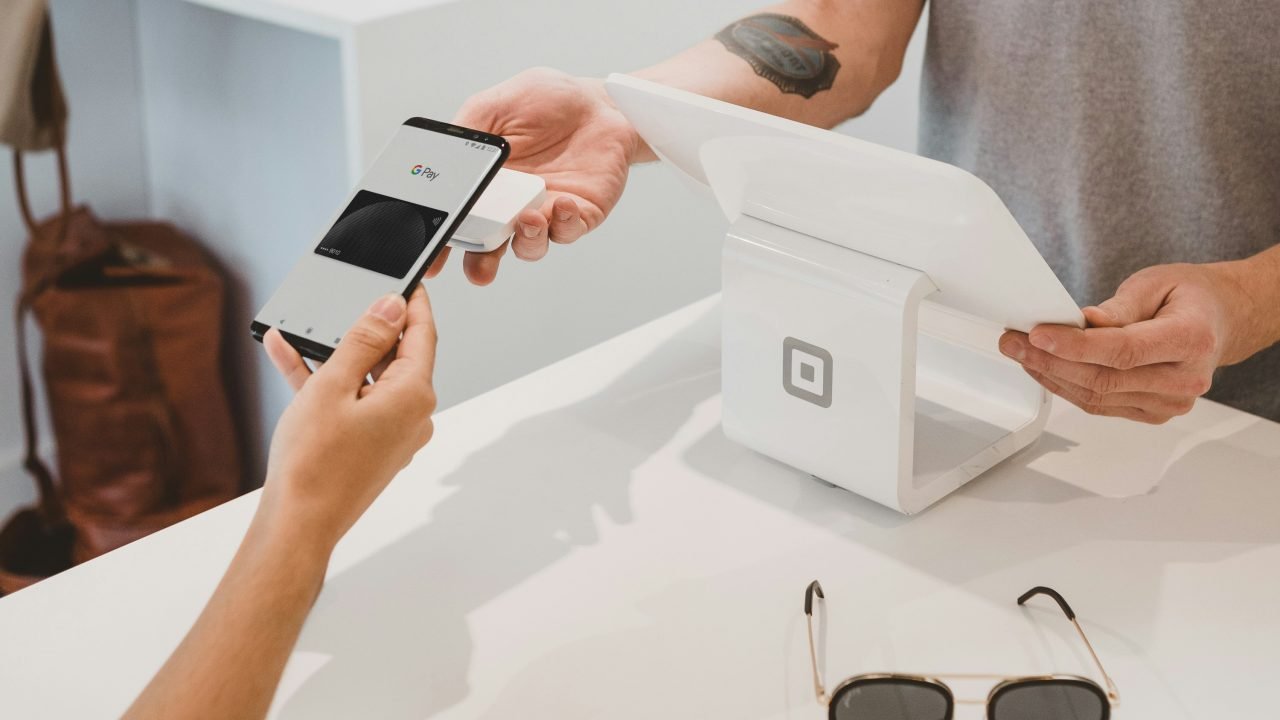
The banking card industry has evolved significantly over the years, with advancements in technology driving change and enhancing consumer experiences. As we look to the future, we can expect even more innovations that will transform how we interact with money. From contactless payments to enhanced security features, the future of banking cards promises a seamless, secure, and more convenient way to manage finances.
Beneficial Savings encourages careful planning and smart decision-making in everyday life. Understanding risk and strategy is not only important for finances but can also apply to recreational activities. For those exploring games that combine chance and decision-making, Dubbo online casino offers an interesting example of strategy in action.Balancing Fun with Financial Awareness
Contactless Payments: Convenience at Your Fingertips
Contactless payments are one of the most prominent trends in the banking card industry. With the tap of a card or mobile device, consumers can make quick, secure payments without the need to insert a card or enter a PIN. This technology has popularity in recent years, and it’s expected to continue growing. As mobile wallets and wearables become more integrated into daily life, contactless payments will expand, making transactions even more convenient. This trend is not only convenient for regular shoppers but also for industries like entertainment. For instance, many live dealer casino platforms now offer easy deposit options through contactless payment methods, enhancing the user experience for gamers worldwide.
Enhanced Security Features with Biometrics
Security is a top priority in the banking industry, and future banking cards are set to become more secure than ever. Biometric authentication, such as fingerprint scanning and facial recognition, is becoming an increasingly common feature in banking cards. These technologies offer an additional layer of security by ensuring that only the cardholder can authorize transactions. With the rise in online and mobile banking, it’s crucial for consumers to have peace of mind that their personal information and financial details are safe from fraud. As biometric technology advances, it will likely become a standard feature in banking cards, offering both security and convenience. To explore more about security features in online platforms, check out the top australian online casino.
Integration of Cryptocurrency in Banking Cards
Cryptocurrency has rapidly gained traction, and financial institutions are beginning to integrate digital currencies into their services. In the near future, it’s likely that banking cards will support the use of cryptocurrencies like Bitcoin, Ethereum, and other altcoins. This could open up new opportunities for consumers to make purchases, pay bills, and manage their finances using digital currencies. Moreover, the ability to easily convert between fiat money and cryptocurrency through a banking card will provide greater flexibility and convenience for users. As crypto adoption increases, we will see more seamless integration between traditional banking and digital assets.
Smart Banking Cards with AI-Powered Insights
Artificial intelligence (AI) is revolutionizing many industries, and banking cards are no exception. Future banking cards could come equipped with AI-powered features that analyze spending habits and provide personalized financial insights. These smart cards could notify users when they’re overspending, suggest budgeting strategies. Additionally, recommend ways to save based on their transaction history. AI could also be put to use enhance fraud detection by analyzing patterns in spending behavior to detect unusual activity in real time. By offering this level of personalization, future banking cards will help users manage their finances more effectively.
Smart Financial Choices in the Digital Era
Beneficial Savings is dedicated to helping individuals make informed financial decisions that lead to long-term stability and growth. As technology continues to shape the financial landscape, exploring secure and user-friendly platforms becomes increasingly important. Websites like jackpotjillvip Official demonstrate how digital innovation can enhance user experience and trust. By understanding such platforms, users can apply similar principles to manage their finances more efficiently and confidently.
Sustainability: Eco-Friendly Materials for Banking Cards
As sustainability becomes an increasingly important issue for consumers, the banking industry is expected to follow suit by adopting more eco-friendly practices. The future of banking cards may involve the use of recycled materials, biodegradable plastics, or even materials like bamboo. In addition to being environmentally friendly, these sustainable cards may still offer the same level of durability and functionality as traditional plastic cards. Banks may also offer digital-only cards or virtual wallets that eliminate the need for physical cards altogether. This shift towards sustainability reflects growing consumer demand for more responsible products in all areas of life, including banking.
Maximize Your Savings with Smart Entertainment Choices
Beneficial Savings offers practical tips to improve your financial health while enjoying life’s pleasures responsibly. For those interested in gaming, check out the latest no deposit bonus codes for online casinos to play without risking your budget.
Trusted Guidance and Valuable Rewards: Savings Strategies and Online Casino Fun
BeneficialSavings.com offers advice on smart financial planning and savings strategies. Visitors looking for extra online fun can explore the casino bonus Australia for an exciting experience. Both platforms prioritize user trust and valuable guidance.
Conclusion
The future of banking cards is filled with exciting possibilities, from contactless payments and biometric security to the integration of cryptocurrencies and AI-powered insights. As the industry continues to innovate, consumers will enjoy more convenient, secure, and personalized financial tools. Sustainability will also play a key role, with environmentally friendly materials and digital solutions becoming more mainstream. As technology continues to evolve, banking cards will undoubtedly become an even more integral part of our daily lives, offering new ways to manage and secure our finances.










